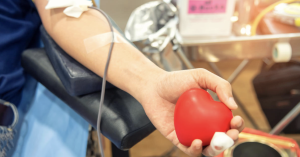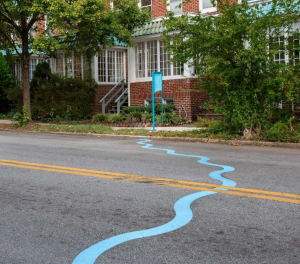Here Comes the Sun

The sun is a vital part of human life. Aside from keeping our planet at optimal temperature, it has many other health benefits. For example, you may wonder why people often get colds in the winter. This is because we have less exposure to sunlight. Absorbing at least fifteen minutes of sunlight a day has been shown to boost the immune system and increase the chance of a good night’s sleep.
Alongside aiding physical health, sunlight has a tremendous effect on emotional health. The vitamin D our bodies soak up from sunlight can greatly enhance our serotonin levels. Serotonin is a natural mood regulator that makes us feel emotionally stable, less anxious, and even more focused and energetic. Due to the lack of vitamin D we get in the winter, many people struggle with Seasonal Affective Disorder (SAD).
This disorder can be caused by a person’s genetic make-up. 29% of patients with SAD have a family history of the disorder. It can be also caused by a genetic mutation in one’s eye, which creates light sensitivity. A person who is sensitive to light might avoid going outside, potentially increasing their chances of experiencing SAD, which is directly affected by lack of exposure to sunlight.
Some symptoms of SAD are depression, anxiety, fatigue, trouble concentrating, and weight gain due to overeating. People who experience SAD release more melatonin than usual, which is a chemical in our body that makes us sleep. Waking up in the morning is very difficult for people who suffer from SAD.
However, there is hope for people battling this disorder. There are many types of light therapy that can be used as treatment to combat SAD. “Dawn simulation” is a type of treatment that uses a unique lamp to mimic the gradual light of spring and summers. “Light box” is a box that imitates outdoor light. Along with the numerous kinds of light therapies available, there are also many medication options to help deal with the symptoms of SAD.
Between 4% and 6% of people in the United States suffer from SAD. Another 10-20% may experience a milder winter-onset SAD. SAD is more common in women than in men and usually doesn’t start in people younger than twenty years of age. In northern regions, where the winter season is typically longer and harsher, this disorder is more frequent. SAD is commonly looked at as one of the possible factors impacting increased suicide rates during the winter months.
Although it may be tricky to get outside into the sunlight this winter, it is in all your best interests to do so. Take a walk or ride your bike – just remember to bundle up! These small activities can greatly impact your health in the best way possible.










